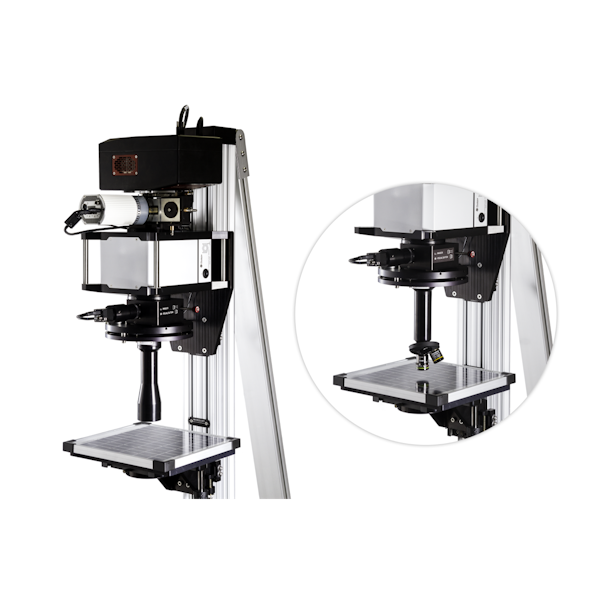Hyperspectral Luminescence Imaging of Silicon Solar Cells
Silicon based solar cells are a reliable technology with a long lifetime. It accounts for approximately 90% of the share of solar panels sold worldwide. Even with a learning curve of more than 20 years, this generation of solar panels continues to face fabrication and scaling challenges. A better understanding of the loss mechanisms could help improve this generation of solar cells and make them an interesting candidate for indoor harvesting of energy.

A good solar cell needs to be as luminescent as possible [1]. Mapping of the photoluminescence (PL) or electroluminescence (EL) intensity provides a rapid way to assess non-radiative losses and get input on a material efficiency. Photon etc.’s IMA and GRAND-EOS platforms provide spectrally and spatially resolved PL and EL maps over different fields of views ranging from a few hundreds of micrometers square (IMA) up to a few centimeters square (GRAND-EOS). Fig. 1 shows EL images of a silicon device over a 2 cm x 2 cm field of view showing small inhomogeneity on the device.
In this paper by Dr. Behrang Hamadani [2] from the National Institute of Standard and Technology (NIST), absolute EL measurements performed with the GRAND-EOS were used to study external radiative emission rates in solar cells. The spectral EL emission profiles from an entire 2 cm x 2 cm field of view were obtained as a function of the injection current supplied by a source-measure unit. Knowledge of the radiative rates leads to a direct computation of the external luminescence quantum yield, I–V curves, and important energy loss parameters of solar cells.
For more information, contact info@photonetc.com
[1] Miller, O. D., Yablonovitch, E., & Kurtz, S. R. (2012). Strong Internal and External Luminescence as Solar Cells Approach the Shockley–Queisser Limit. IEEE Journal of Photovoltaics, 2(3), 303–311.
[2] Hamadani, B. H. (2020). Understanding photovoltaic energy losses under indoor lighting conditions. Applied Physics Letters, 117(4), 043904.

